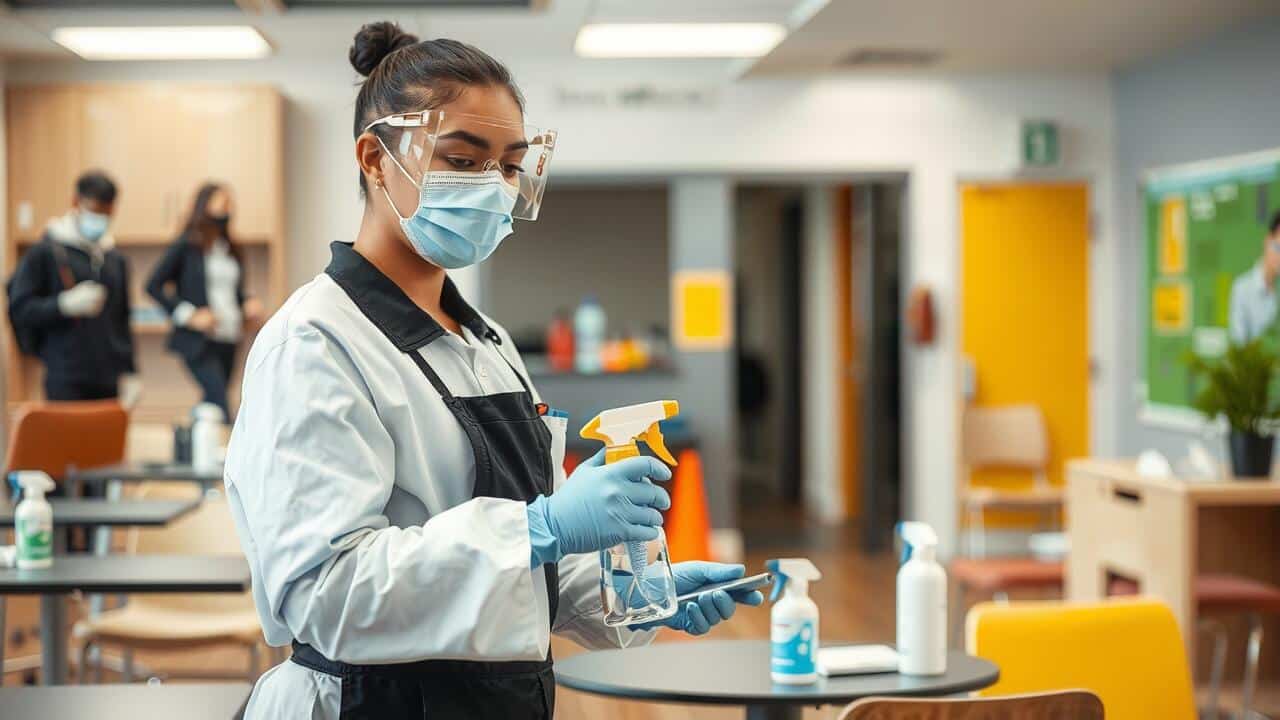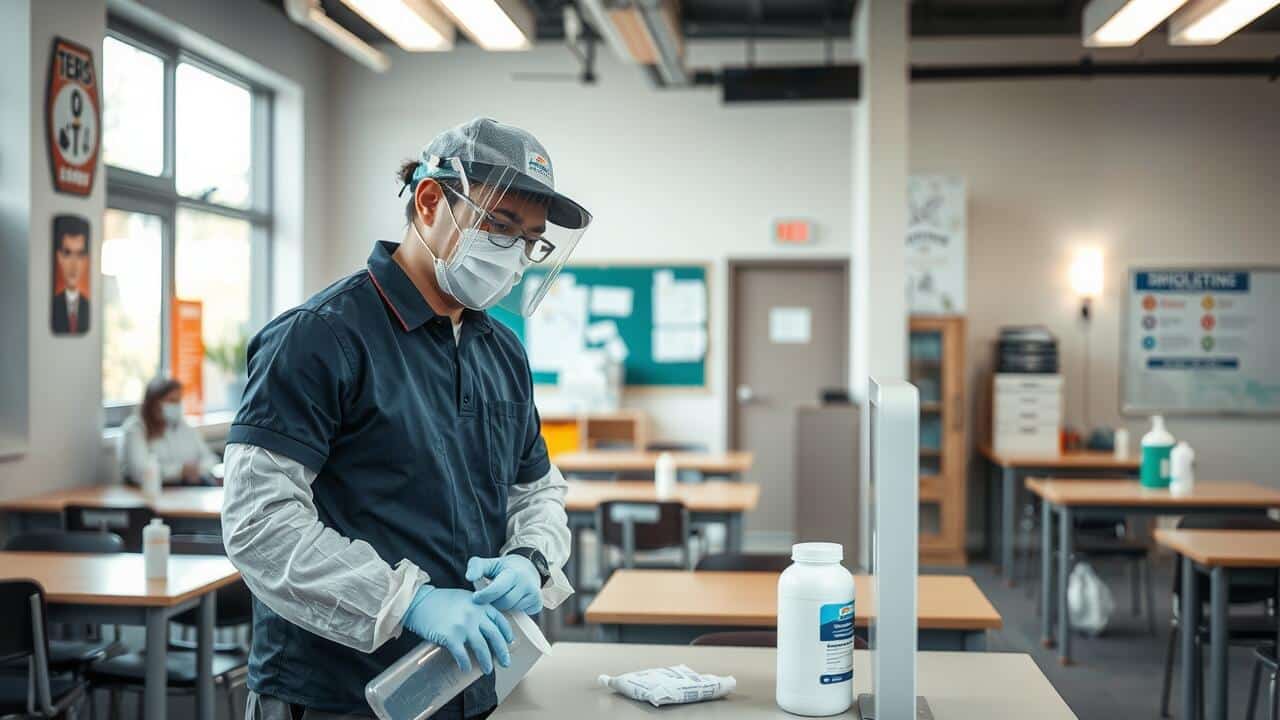
Table Of Contents
Impact of Sanitization on Public Health
Sanitization in public health plays a crucial role in preventing the spread of diseases and improving overall community well-being. Clean environments reduce the risks associated with harmful pathogens. By maintaining proper sanitization practices in schools, hospitals, and public spaces, communities can significantly lower transmission rates of various infectious diseases. Additionally, effective sanitization contributes to enhancing the quality of life, fostering healthier populations.
The impact of sanitization in public health extends beyond immediate disease prevention. It also fosters trust within communities as individuals feel safer in clean environments. Proper sanitization practices have been linked to decreases in healthcare costs and increased productivity. Furthermore, a commitment to sanitization creates a culture of health awareness, encouraging individuals to take personal responsibility in maintaining cleanliness both at home and in shared spaces.
Role in Controlling Infectious Diseases
Sanitization in healthcare settings plays a critical role in controlling infectious diseases. Rigorous cleaning protocols and the use of disinfectants are essential in hospitals and clinics where exposure to pathogens can lead to outbreaks. Regular sanitization of surfaces, instruments, and equipment prevents the transmission of infections among patients and healthcare workers. Effective sanitization measures reduce the likelihood of hospital-acquired infections, contributing to better patient outcomes and overall safety.
In community settings, sanitization in public spaces such as schools, restaurants, and offices significantly curtails the spread of infectious agents. By implementing regular cleaning schedules and promoting personal hygiene practices, communities can minimize the risk of disease transmission. Public awareness campaigns regarding sanitization can empower individuals to adopt healthier behaviors. This collective effort helps establish a safer environment, reducing the prevalence of contagious illnesses.
Sanitization in Daily Life
Sanitization in daily life plays a vital role in maintaining healthy environments. Regular cleaning and disinfecting of surfaces, especially in high-touch areas, significantly reduces the presence of harmful germs and bacteria. Common spaces such as kitchens, bathrooms, and public restrooms require attention to prevent the spread of illnesses. Establishing a routine that emphasizes sanitization can create a safer atmosphere for families and communities.
Additionally, personal hygiene practices also contribute to effective sanitization in homes. Handwashing with soap and water is an essential step in preventing the transmission of pathogens, particularly before meals and after returning from public places. Utilizing sanitizing products like wipes and sprays can complement these practices, ensuring that surfaces stay clean and safe. Incorporating these measures into daily habits helps promote overall well-being and fosters a culture of cleanliness.
Tips for Household Sanitization
Maintaining a clean home is essential for effective sanitization in daily life. Start by regularly cleaning surfaces that are frequently touched, such as doorknobs, light switches, and remote controls. Use disinfectants that are effective against a range of pathogens. Ensure that the products have the appropriate contact time to eliminate bacteria and viruses.
In addition to surface cleaning, focus on high-touch areas in your home. This includes kitchen countertops, bathroom sinks, and devices like smartphones. Keep sanitization in mind by using disposable wipes or a spray-and-wipe method to clean these areas. Remember to follow manufacturer instructions for both cleaning and sanitizing products to maximize their effectiveness.
Regulations and Standards for Sanitization
Sanitization in various sectors is often guided by strict regulations and standards aimed at ensuring public safety. Health organizations and government agencies set forth comprehensive guidelines that specify appropriate procedures, acceptable sanitizing agents, and frequency of sanitization tasks. Compliance with these standards is critical in environments such as hospitals, schools, and food establishments where the risk of contamination is high. Regular audits and inspections are conducted to ensure that these regulations are being followed, which helps maintain a safe environment for the public and employees alike.
Sanitization in industries also involves adhering to best practices outlined in various industry-specific guidelines. These documents provide detailed recommendations tailored to different sectors, including manufacturing, healthcare, and hospitality. They cover essential topics such as the effectiveness of various sanitizers, proper application techniques, and the importance of employee training. Organizations often need to stay up-to-date with evolving standards to enhance their sanitization efforts and minimize health risks associated with infectious diseases.
Overview of Industry Guidelines
Various industries have established guidelines to govern sanitization in order to ensure the safety and health of both consumers and workers. These guidelines often originate from health organizations such as the Centers for Disease Control and Prevention (CDC) and the World Health Organization (WHO). They provide a framework for best practices in sanitization, including frequency of cleaning, types of sanitizing agents, and specific protocols for different environments. Adherence to these standards helps prevent the spread of pathogens and enhances overall public health.
In addition to national regulations, many industries have implemented their own specific guidelines tailored to their unique processes. For example, the food service industry emphasizes sanitization in kitchens to avert contamination, while healthcare settings prioritize rigorous sanitization in patient areas. Regular training and audits are necessary to ensure that all staff are aware of these standards and competent in their implementation. Compliance with these guidelines not only protects individual health but also fosters community confidence in the services provided.
FAQS
What is sanitization?
Sanitization is the process of reducing the number of microorganisms on surfaces and objects to safe levels, as determined by public health standards. This process helps prevent the spread of infectious diseases and maintains a clean environment.
Why is sanitization important for public health?
Sanitization is crucial for public health as it helps control the spread of infectious diseases, reduces the risk of outbreaks, and creates a healthier living environment. Proper sanitization practices are essential in hospitals, schools, and homes to protect individuals from harmful pathogens.
What are some effective tips for household sanitization?
Effective tips for household sanitization include regularly cleaning and disinfecting high-touch surfaces, using appropriate sanitizing products, ensuring proper ventilation while cleaning, and following the manufacturer’s instructions for use to ensure maximum effectiveness.
Are there specific regulations for sanitization in industries?
Yes, various industries are subject to regulations and standards for sanitization. These guidelines, established by organizations such as the CDC and EPA, outline the necessary measures to maintain hygiene and prevent contamination in places like food service, healthcare, and hospitality.
How does sanitization differ from disinfection?
Sanitization refers to the process of reducing pathogens to safe levels, while disinfection involves using chemicals to kill a broader range of microorganisms. While both processes are important for hygiene, disinfection is typically a more extensive method used in situations requiring higher levels of pathogen control.
